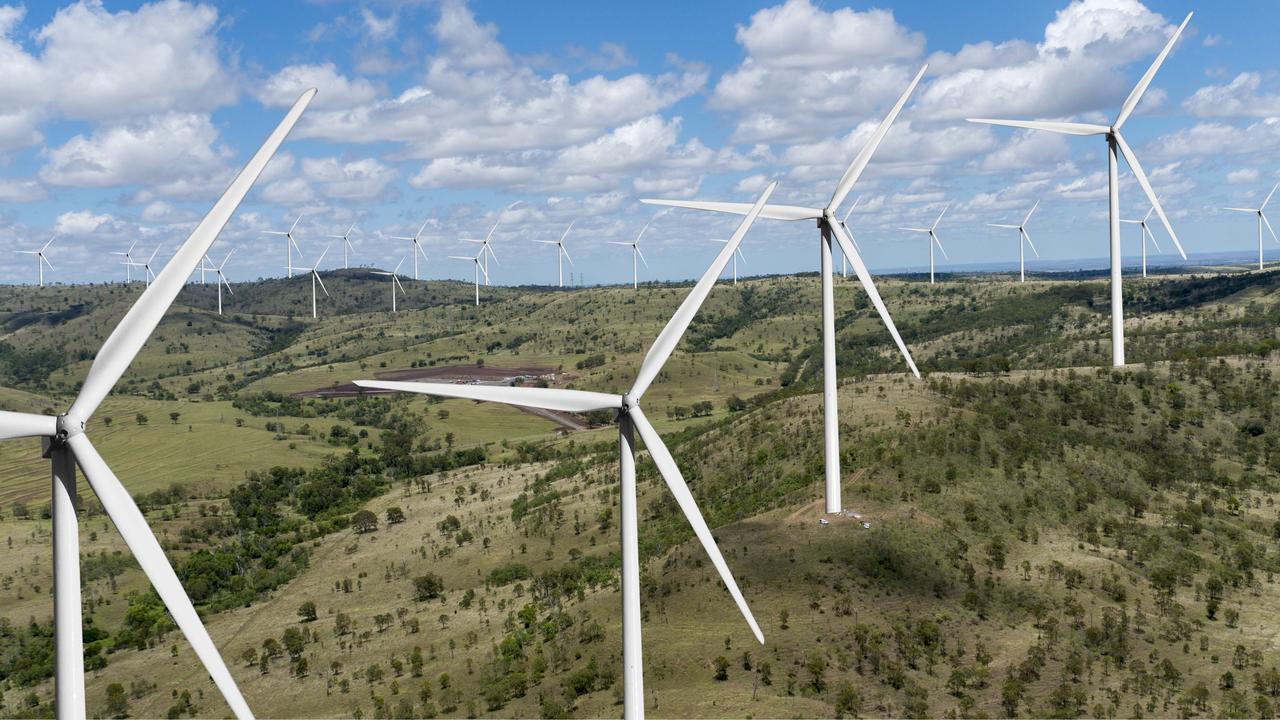A new wind-farm near Townsville is expected to power 240,000 Queensland homes, support 300 construction jobs and employ 20 people full-time.
The 400 megawatt Gawara Baya Wind Farm, a Windlab project 65 kilometres southwest of Ingham, includes the installation of 69 wind turbines, positioned near the existing electricity transmission network.
The project on a cattle property within Gugu Badhun Country is near the under construction Mount Fox Energy Park that incorporates a battery energy storage system, expected to come online in 2026, and a wind farm expected to be operational by 2027.
The Department of Climate Change, Energy, the Environment and Water on Thursday said the latest wind farm was “another big step in the Government’s plan to make Australia a renewable energy superpower”.
“The project is expected to increase wind generation in the National Electricity Market by 5.2 per cent, and overall renewable generation by 1.8 per cent.”
Minister for the Environment and Water Tanya Plibersek, speaking during Question Time at Parliament House in Canberra, says Labor is transforming Australia into a renewable energy superpower. Picture: Martin Ollman
A spokesperson said the Gawara Baya project would reduce greenhouse gas emissions by up to 1.2 million tonnes of carbon dioxide equivalent a year, which is equivalent to taking around 375,000 cars off the road each year.
Environment and Water Minister Tanya Plibersek said the coalition spent a “decade trying to kill off renewables and our transition to net zero”.
“Australians voted for an end to that and we are delivering,” she said.
“Labor is transforming Australia into a renewable energy superpower.”
The minister said she had approved a record 54 renewable energy projects that could power more than three million homes.
“While Peter Dutton and the Coalition are watering down our climate targets, Labor is getting on with the job of the renewable-energy transition,” she said.
“Not only are we delivering cheaper cleaner power sooner, but we are on track to reaching our 2030 emissions target. It’s achievable, and we’re doing it.”
The approval of the wind farm is subject to strict conditions to protect the Sharman’s Rock-Wallaby and northern Greater Glider, and follows a rigorous assessment process.
The conditions include clearance limits, hours of operation during construction, and submission of environmental management plans which will set out how any impacts will be managed, mitigated, avoided or offset.

